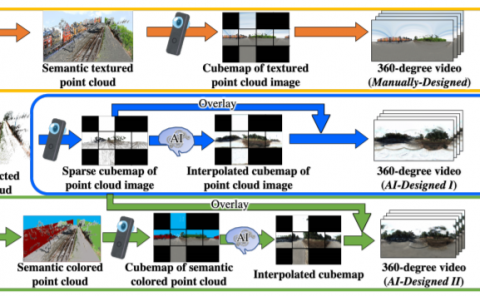A Low-Latency, High-Precision Handheld Perspective Corrected Display
PubDate: April 2019
Teams: Université Grenoble Alpes
Writers: François Bérard; Thibault Louis
PDF: A Low-Latency, High-Precision Handheld Perspective Corrected Display

Abstract
Perspective Corrected Displays (PCDs) show the perspective projection of a 3D scene computed from the viewer’s position that is updated in real-time. By moving their head in front of the display, users perceive the motion parallax effect, a strong depth perception cue [6]. “fish-tank virtual reality” systems are well-known instantiation of PCDs involving a fixed planar display and stereo rendering is added to the motion parallax depth cue [5]. More recently, PCDs have been arranged to form small volumes such as a cube (i.e. gCu-bik [2] and pCubee [4]). This gives the illusion that the scene is contained inside the display. Because of the small size of the displays, users can rotate them in their hands, hence the Handheld in HPCD. This creates the strong illusion of holding the virtual scene in one’s hands. In addition, rotating the display in hands requires much less effort than moving the whole body in front of the display. Hence, HPCDs allow users to experience more motion parallax than PCDs. However, the two previous implementations of cubic HPCDs required the presence of complex electronic on the display. As a result, they are connected with a thick wire to a rendering computer. This prevents to display on all faces as one of them is used for the connection. In addition, a significant part of the cube’s sides is occluded by the displays’ bezels.



